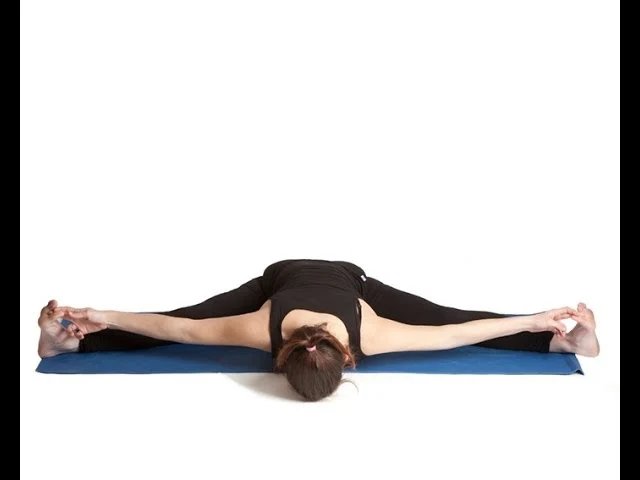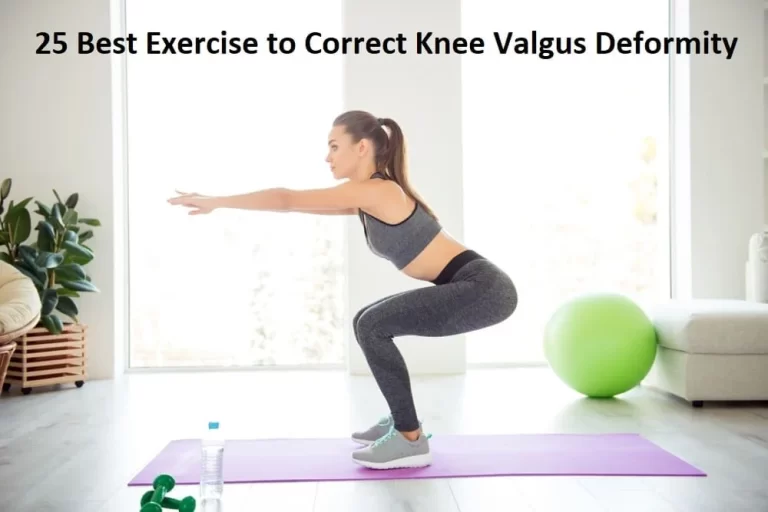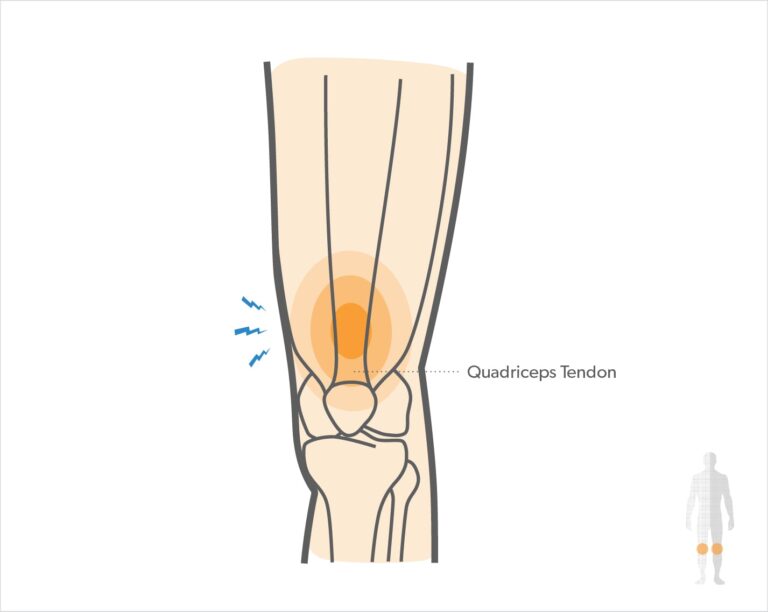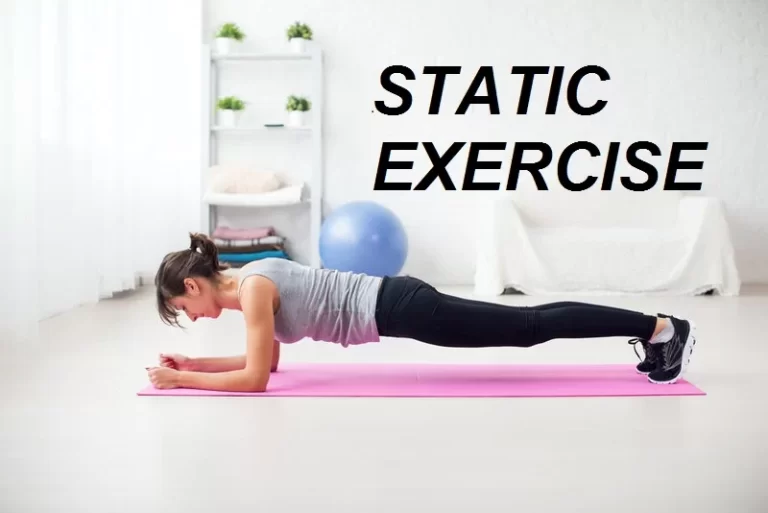Upavistha Konasana
Table of Contents
What is Upavistha Konasana?
Upavistha Konasana, also known as “Wide-Angle Seated Forward Bend” or “Seated Angle Pose,” is a yoga asana (posture) that involves sitting on the floor with your legs spread wide apart and folding forward from the hips.
This asana is often included in yoga routines for its numerous benefits, including stretching the inner thighs, groins, hamstrings, and lower back while promoting flexibility and relaxation.
Sanskrit terms ‘Upavistha’, ‘Kona’, and ‘asana’ are combined to form the phrase ‘Upavistha Konasana,’ which means ‘angle posture. Even known as the Seated Straddle Pose or the Wide-Angle Seated Forward Bend, this asana gives your body a significant stretch.
Your lower body is worked on with the Wide-Angle Seated Forward Bend, particularly your back, calves, and thighs.
How to do Upavistha Konasana?
- Start by taking a Dandasana position on the ground floor with your legs extended in front of you.
- If necessary, use a blanket, bolster, or block to give your spine a little extra support.
- Exhale, then spread your legs wide. Press through the balls of your feet as you leave from your heels.
- Strike up the thigh muscles.
- Look up, extend your spine, and elevate your chest.
- After that, exhale and stretch your pelvis forward.
- As you advance forward with your hands between your legs, keep your spine as long as possible.
- Next, reach down towards your feet through the summit of your head.
- Sink a little deeper with each exhale.
- Finally, stay for 30 to 60 seconds, or longer if you feel comfortable.
- Inhale, let go of the hands, and rise gradually. join the legs together.
Upavistha Konasana Video
Upavistha Konasana Benefits
- The pose Upavistha Konasana lengthens the groin adductor muscles and even engages the joint forces.
- As you continue to practice this yoga, it stimulates and tones your abdominal organs as well as other body regions.
- Upavishta Konasana, a daily practice, will relieve the only ailment of old age that causes stiffness in the hands and legs.
- The vertebrate columns and spinal cord get stronger as a result.
- Furthermore, the digestive system is improved.
- It soothes the mind and even provides relief from tiredness and worry.
- Additionally, it raises energy and improves flexibility in the legs, shoulders, hands, neck, arms, and spine.
- Even those with arthritis and sciatica can find comfort in Upavistha Konasana.
- This posture detoxifies the kidneys and may be helpful for women who are pregnant or menstruating.
- This pose aids female infertility and menstruation.
Modifications
A block placed in your facade to rest your forehead will aid in reducing back-related anxiety. This will gradually stretch the neck and lower back with repetition and practice. seating with blankets below your hips to support your lower back and hips, and having well-supported hips to move your body forward comfortably.
Variations
- Bring the legs to one another in order to deepen this pose. When approaching Urdhva Mukha Paschimottanasana, turn your arms while extending your elbows to the side. Bring your legs and chest together while maintaining balance on your sit bones.
- Even from Plough Pose, you can perform this pose. Grab your big toes with your back-extended arms. Exhale and rise.
- You move with your navel leading the way, chin folded. The best way to integrate your core strength and perfect your balance is with this performance.
- On the other hand, in the Ashtanga Vinyasa Primary Sequence, you begin in Upavishta Konasana and work your way up to the pose. Lifting the torso and head while pushing the bottom floor away, you eventually come to a point of balance on the sitting bones.
Precautions & Contraindications
- If your disc has slipped, stay away from this stance.
- Avoid performing Wide-Angle Seated Forward Bend (Upavistha Konasana) if you have a hip, back, knee, or hamstring ailment.
- Avoid this pose if you are pregnant.
- If you have tight hamstrings and hip joints after a constraint, resist the urge to force yourself to lean forward.
- To avoid any injuries, avoid arching your back when practicing the pose.
Summary
One of the best yoga poses to lengthen your legs and extend your hips is Upavistha Konasana (Wide-Angle Seated Forward Bend). If you lead a sedentary lifestyle, you should try to practice these positions to improve your spine health and reduce body stiffness. And now that there are online yoga classes available, you can learn Upavistha Konasana from experts whenever and wherever you like.
FAQs
Sanskrit terms ‘Upavistha’, ‘Kona’, and ‘asana’ are combined to form the phrase ‘Upavistha Konasana,’ which means ‘angle posture. Even known as the Seated Straddle Pose or the Wide-Angle Seated Forward Bend, this asana gives your body a significant stretch.
Upavistha Konasana may improve flexibility, muscular endurance, and strength. Patients with heart problems, scoliosis, and asthma may find it helpful. It might offer support in the event of heat flushes and knee injuries. Additionally, Upavistha Konasana could aid in improving mental health. If you experience symptoms of any such diseases, you should see a doctor as opposed to self-medicating.
Before performing Upavistha Konasana, pregnant women and people with lower back and sacroiliac joint pain should exercise caution. This asana must be performed under the guidance of a qualified yoga instructor.
Reduce back stress by setting a block in front of you on which to rest your forehead. This will gradually stretch the neck and lower back with repetition and practice. Now when you’re sitting, using blankets below your hips to support your lower back and hips will help you feel more comfortable bringing your torso forward.
The following muscles are benefited by Upavistha Konasana, therefore it can be used in yoga sequences with the hip, neck, gluteus, core (abs), lower back, hamstrings, upper back, and hip-external muscles that are connected.
Reference
J. (2023, June 7). Upavistha Konasana (Wide-Angle Seated Forward Bend) – Steps. Mobile Physiotherapy Clinic. https://mobilephysiotherapyclinic.in/upavistha-konasana-wide-angle-seated-forward-bend/
A., Eastman, H., Powers, S., Editors, Y., & Herrington, S. (2007, August 28). Wide-Angled Seated Forward Bend. Yoga Journal. https://www.yogajournal.com/poses/wide-angle-seated-forward-bend/
V Hebbar MD(Ayu), D. J. (2021, January 14). Upavistha Konasana – How to do, Health Benefits, Precautions. Easy Ayurveda. https://easyayurveda.com.dream.website/2021/01/14/upavistha-konasana/
Upavistha Konasana: Meaning, How to Do & Its Benefits | cult. fit. (n.d.). Upavistha Konasana: Meaning, How to Do & Its Benefits | cult. fit. https://blog.cult.fit/articles/upavistha-konasana-meaning-how-to-do-benefits




